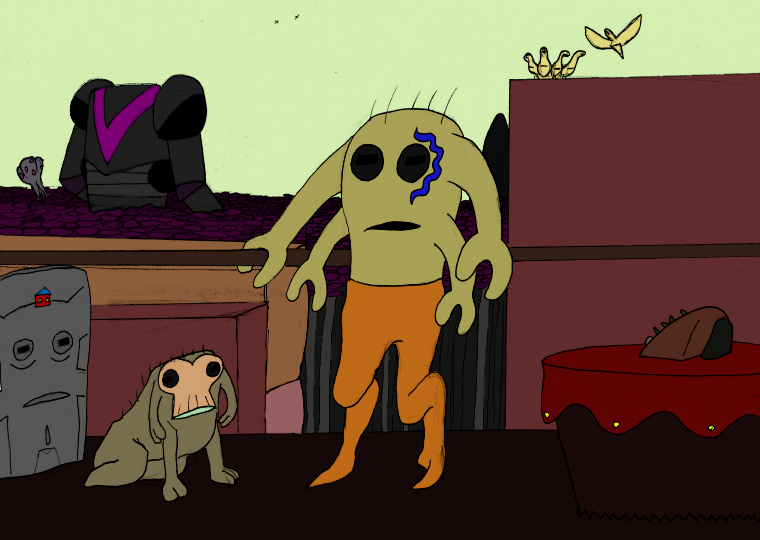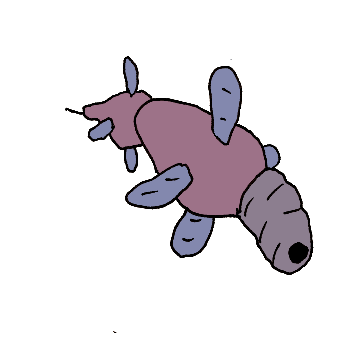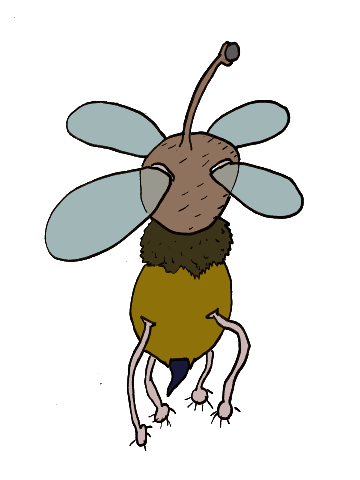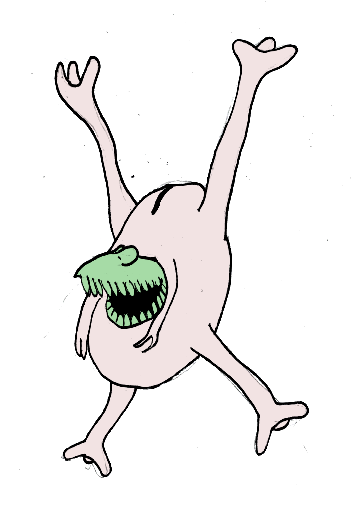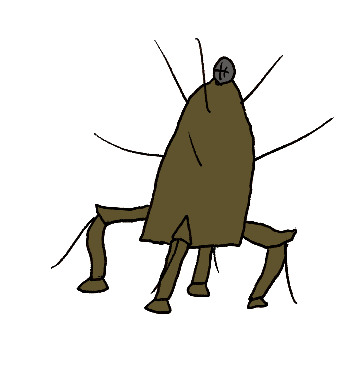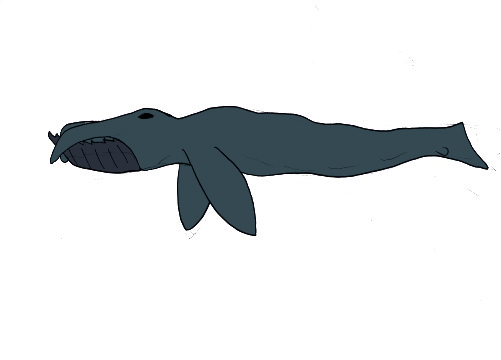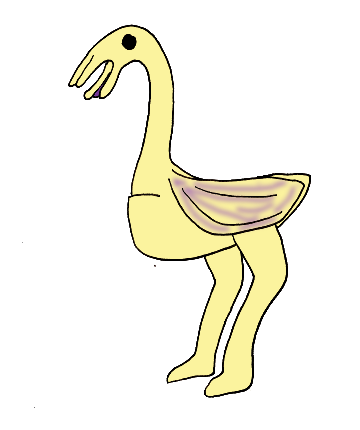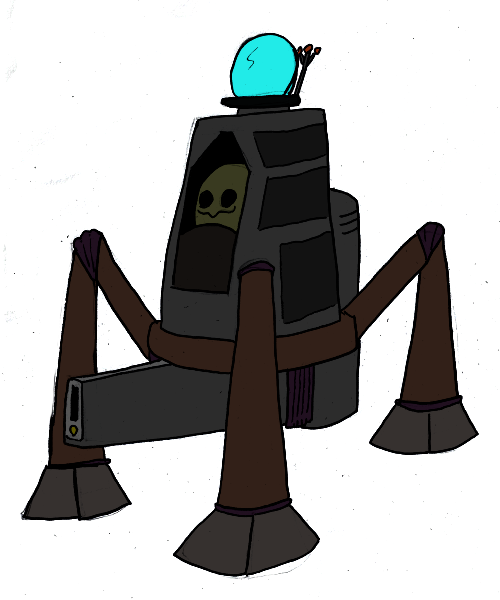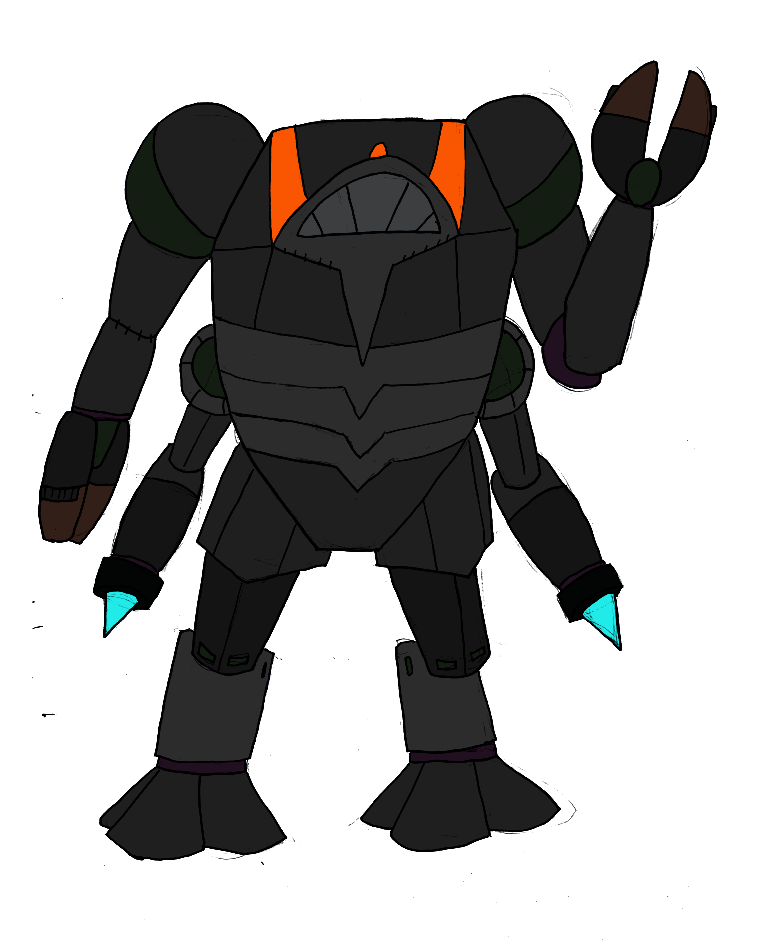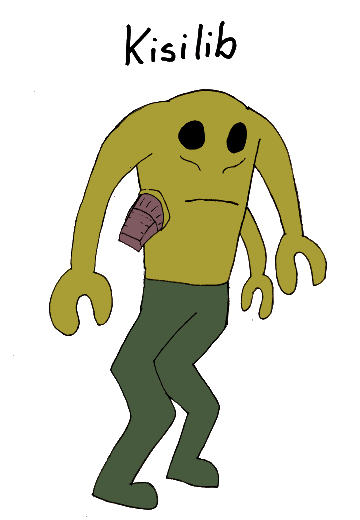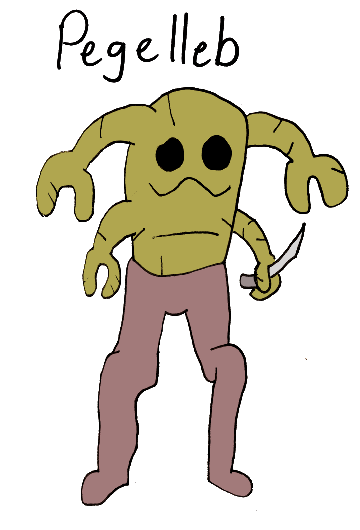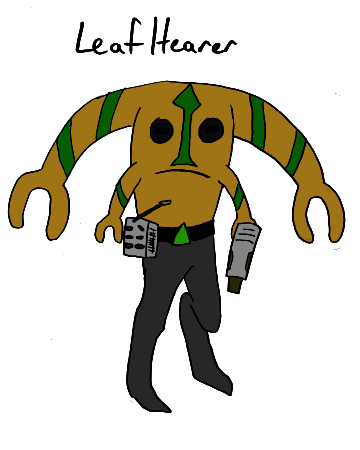Once again I’m seeking to speed up the process of working through all the Gurxian animals I’ve drawn by posting a bunch of them that aren’t connected by any single region.
Iakeab
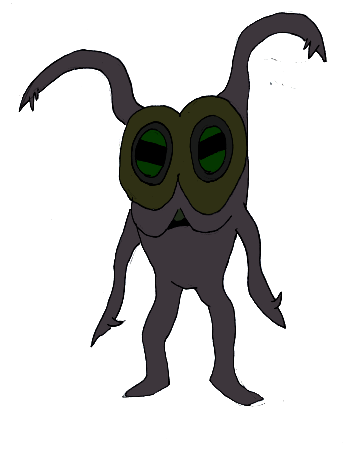
A species of nocturnal predator that hunts in the dense forests of Gurx, the Iakeab are stealthy creatures with excellent lowlight vision and a tendency to grab onto their prey and just hang onto it until it tires itself out. Iakeab like to build nests in the rotting remains of vegetation.
Uuggovoau
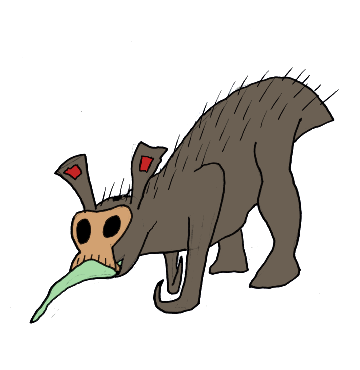
Uuggovoau are a grasslands species that has specialized in eating nests of smaller animals, especially small Vootuph that live in tunnels in the dirt. Their claws are perfect for digging open the tunnels and they can insert their long Rel to catch their prey.
Simauginis
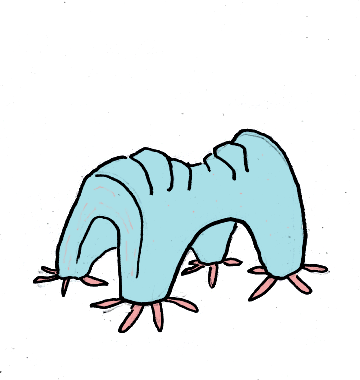
Living in the shallow waters near shorelines, Simauginis are soft-tissues filter-feeders that walk along the sands in the day, and burrow into it at night. If they are divided into chunks, each can grow into a full-grown Simauginis over time. This, and their rapid reproductive rate, makes them a plentiful food source for a variety of predators.
Otyanoa
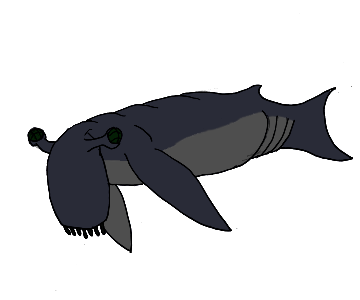
Large, aquatic creatures with eyes on stalks, the Otyanoa are docile and often farmed by Strondovarians in cooler oceanic regions. It is generally assumed that Otyanoa would be extinct if not kept by Strondos, so they’re treated as an example of the Strondos’ mastery over shaping their planet.
Tesses
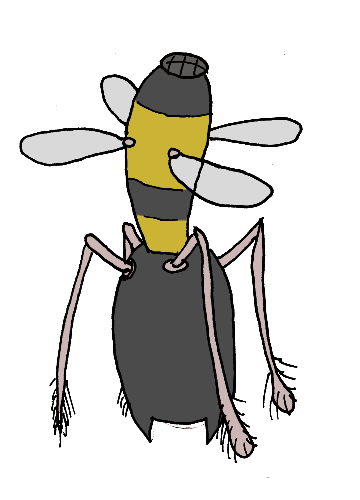
The flying Vootuph species called Tesses fill the same niche on Gurx that honeybees do on Earth. They fly around collecting the Gurxian equivalent of pollen and turning it into a honeylike substance called Vaumian. And yes, there are Strondovarians who care for Tesses colonies to farm that Vaumian, the Gurxian equivalent of beekeepers.
Imbaukla
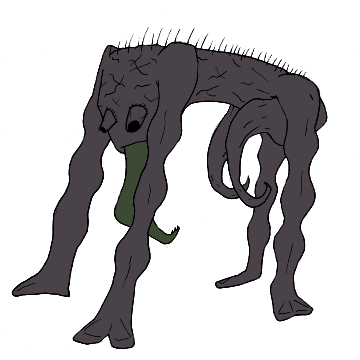
Another predatory species from the dense forests, the hindmost limbs of the Imbaukla have curled forward into limbs used to move the detritus that gathers at the forest floor to flush out smaller animals to eat. Imbaukla are tall creatures, standing as high as an adult Strondovarian, with eyes that can move independently to help them spot prey to grasp with their sticky Rel.
Oaushaue
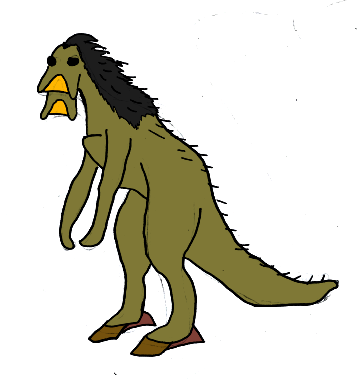
A flightless species related to the Glounaph line, the Oaushaue are nearly endangered and now only exist in captivity. This has made all three-hundred and seven remaining Oaushaue extremely notable and they are prized possessions of famous individuals and organizations. It is good luck for the Oashaue, at least, that their captors want to take care of them, lest they lose their status symbol.
